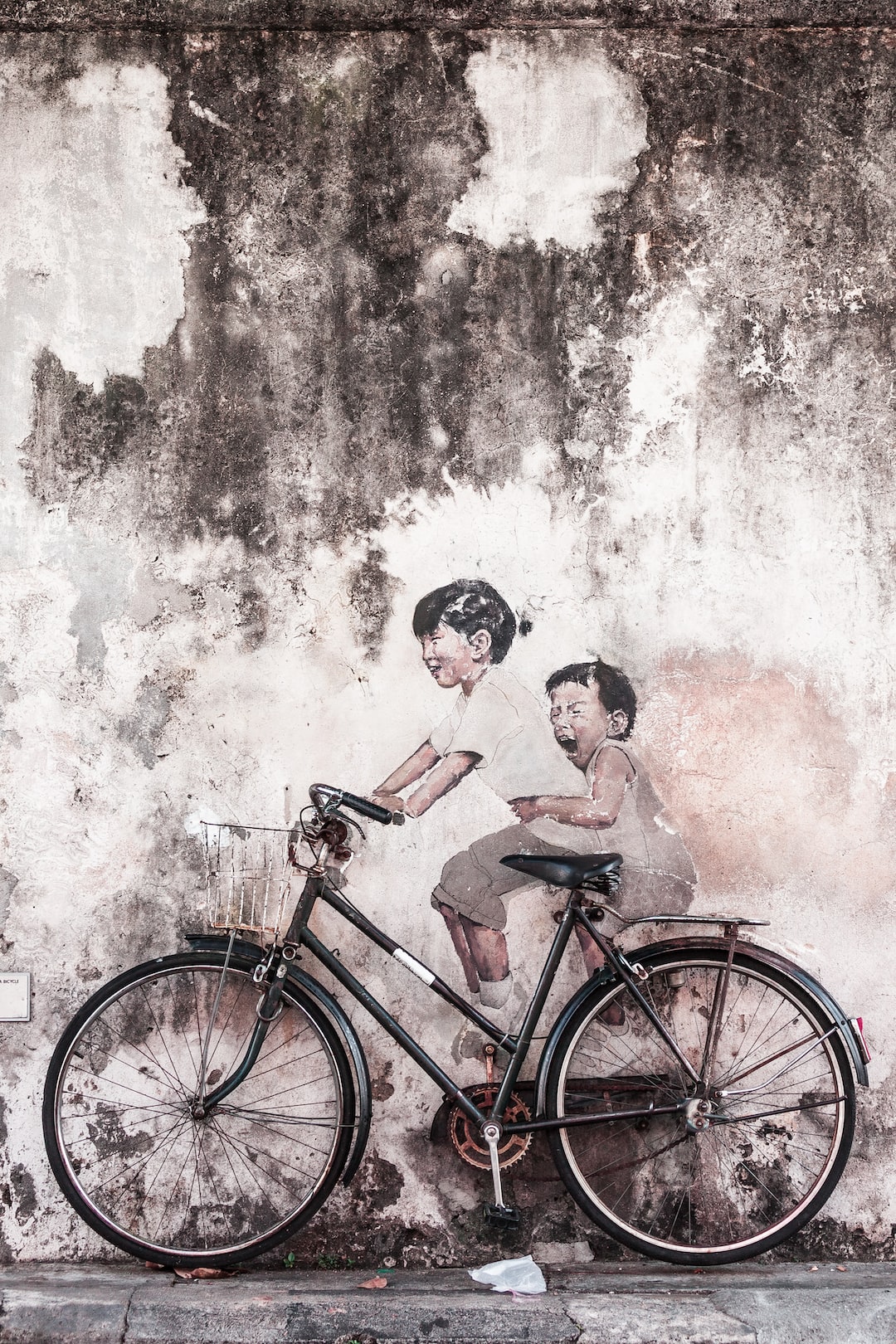The Diversity of Street Art: From Graffiti to Murals
Street art, a form of artistic expression that has gained significant popularity in recent years, is a reflection of the creative spirit and cultural diversity of urban environments. From vibrant graffiti to large-scale murals, street art has evolved into a powerful means of communication and storytelling. This form of art not only beautifies the streets, but also tells a captivating narrative about the history and identity of the community it represents.
Graffiti, often considered the birthplace of street art, emerged in the late 1960s as a form of rebellion against societal norms and laws regarding public expression. Initially regarded as acts of vandalism, graffiti has gradually been recognized as a legitimate art form. The colorful, intricate designs found on the walls of buildings and underpasses reveal a vibrant subculture of artists who use graffiti as a medium to convey their thoughts, emotions, and political messages.
What makes graffiti so captivating is its ephemeral nature. It can appear overnight, transform a dull wall into a powerful visual statement, and disappear just as quickly. Artists often work with a sense of urgency and secrecy, covertly creating their designs under the cover of darkness to avoid legal repercussions. This element of risk adds an additional layer of excitement and intrigue to the art form, further highlighting the rebellious spirit that often accompanies it.
However, street art goes beyond mere graffiti. Murals, which have gained increasing popularity in recent years, are often large-scale artworks that cover entire walls or buildings. Artists use different materials, such as spray paint, brushes, and rollers, to create masterpieces that encapsulate the essence of a neighborhood or convey specific messages.
Murals have the power to transform a dull urban landscape into a vibrant outdoor gallery, breathing life into forgotten corners of a city. They often incorporate elements of a community’s history, culture, or social issues, fostering a sense of pride and identity among its residents. These large-scale artistic expressions invite viewers to engage with their surroundings and provoke thoughts and discussions about various topics, from politics to the environment.
One of the most renowned mural artists is Banksy. This elusive street artist, whose identity remains unknown, has left his mark on walls worldwide. Banksy’s murals are usually politically charged, satirical, and thought-provoking, using humor and striking imagery to criticize contemporary society. His works have transcended the boundaries of street art, becoming cultural icons and sparking discussions on social justice, capitalism, and the role of art in public spaces.
Street art is not limited to the physical realm; it has also found a home in the digital world. Through the advent of social media platforms like Instagram, artists have gained a broader reach and a platform to showcase their work. Street art enthusiasts can discover and appreciate unique creations from around the globe, making the world a more connected and culturally diverse place.
Moreover, the digital era has given rise to new artistic techniques and forms that bridge the gap between virtual and physical realms. Augmented reality (AR) street art, for example, allows viewers to experience art in a new dimension. By using a smartphone or tablet, one can witness murals come to life with moving images and interactive elements, blurring the lines between the real and the imagined.
In conclusion, the diversity of street art is a testament to the power of creativity and the endless possibilities of artistic expression. From the rebellious nature of graffiti to the transformative impact of murals, street art has become an essential part of urban landscapes. It not only enhances the visual appeal of cities but also serves as a voice through which artists can communicate their ideas, inspire change, and foster a sense of belonging within communities. Street art truly celebrates the diversity, creativity, and resilience of human expression, making our streets vibrant and thought-provoking galleries for all to enjoy.


